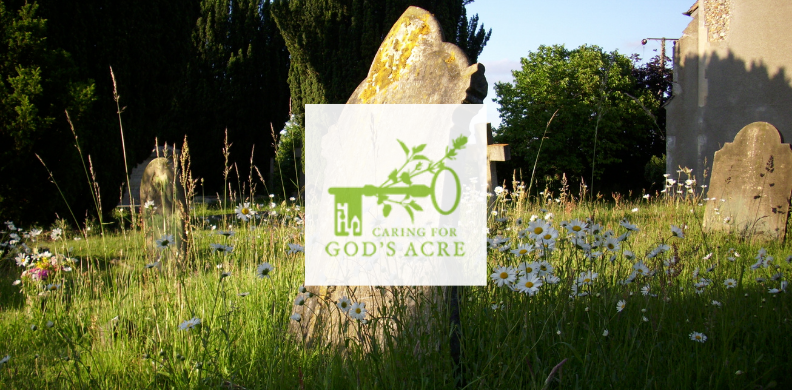
March can be a cold month and not one we associate with insects, the majority of which will emerge a little later in the year. Bumblebees are amongst the first to appear as their hairy bodies give them some insulation against the changeable weather of March; but have a look for another bee, which looks at first glance like a small bumblebee, but which is actually the delightfully named Hairy-footed Flower Bee. The males emerge first and can be found from late February onwards. The male is a rusty brown with a yellow face and long hair on the middle pair of its six legs. It is these long hairs that give the bee the name of ‘hairy footed’. About two weeks later the females emerge, looking completely different. Females are mainly black with orange hairs on their back pair of legs which act like little brushes, collecting pollen as they visit flowers. Hairy-footed flower bees have a long tongue which they use to probe into flask-shaped spring flowers such as primrose and lungwort (or pulmonaria). It is worth checking primroses and lungworts for this little bee, they have a faster, more zippy flight than a bumblebee and also a shrill buzz.
As spring progresses, have a look at the walls of your church or churchyard if they are lime mortared or cobb. The female will nest within the mortar of an old wall, making a small hole in which to lay eggs. These are ‘solitary’ bees, so they do not nest in a colony like honeybees and bumblebees.
Hairy-footed flower bees are a good reason to provide a range of flowers for pollinators which includes both spring and autumn blooms. This bee is active until June and relies on early pollen to give them energy for their brief breeding season. Most churchyards contain primrose and perhaps you can include lungwort and comfrey in flower beds or planters as well. Please let us know if you see a hairy-footed flower bee, for those who love a phone or computer app, take a look at iNaturalist (uk.inaturalist.org) to confirm your identification and make a record of your spot.
Harriet Carty
Diocesan Churchyard Environmental Advisor,
Email: harriet@cfga.org.uk,
individuals and groups in the diocese receive 20% members discount on all CfGA materials. Use the discount code diomem22
